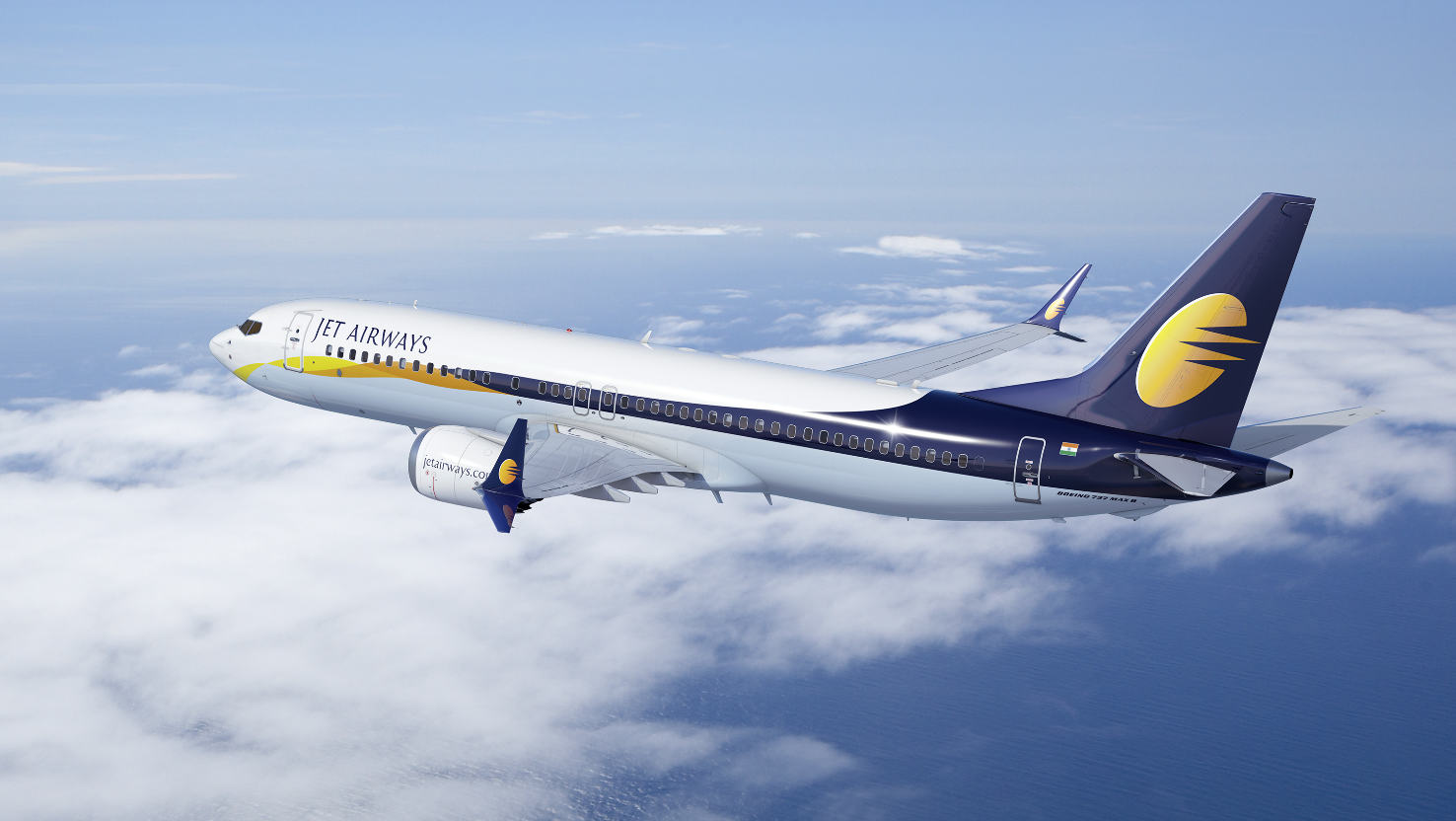The company's 20-year outlook projects demand for 42,700+ new airplanes, valued at $6.3tr, along with an $8.8tr market for services.
Boeing has lifted its long-term Commercial Market Outlook (CMO) forecast for commercial airplanes, as rising passenger traffic and upcoming airplane retirements drive the need for 42,730 new jets – valued at $6.3tr – over the next 20 years.
The global airplane fleet will also sustain growing demand for commercial aviation services, Boeing believes, leading to a total market opportunity of $15tr. The 2018 CMO projects the total number of airplanes increasing 4.1% over the previous forecast.
According to fleet data, there are more than 900 airplanes today that are over 25 years old. By the mid 2020s, more than 500 airplanes a year will reach 25 years of age – double the current rate – fueling the retirement wave.
Including airplanes that will be retained, the global fleet is projected to essentially double in size to 48,540 by 2037.
The single-aisle segment will see the most growth over the forecast period, with a demand for 31,360 new airplanes, an increase of 6.1% over last year. This $3.5tr market is driven in large part by the continued growth of low-cost carriers, strong demand in emerging markets, and increasing replacement demand in markets such as China and Southeast Asia.
The widebody segment calls for 8,070 new airplanes valued at nearly $2.5tr over the next twenty years. Widebody demand is spearheaded, in part, by a large wave of replacements beginning early in the next decade.
Additionally, Boeing projects the need for 980 new production widebody freighters over the forecast period, up 60 airplanes over last year. In addition, operators are forecasted to buy 1,670 converted freighters.
Boeing projections continue to see the Asia-Pacific region leading the way, accounting for 40% of total airplane deliveries and 38% of total services value.

